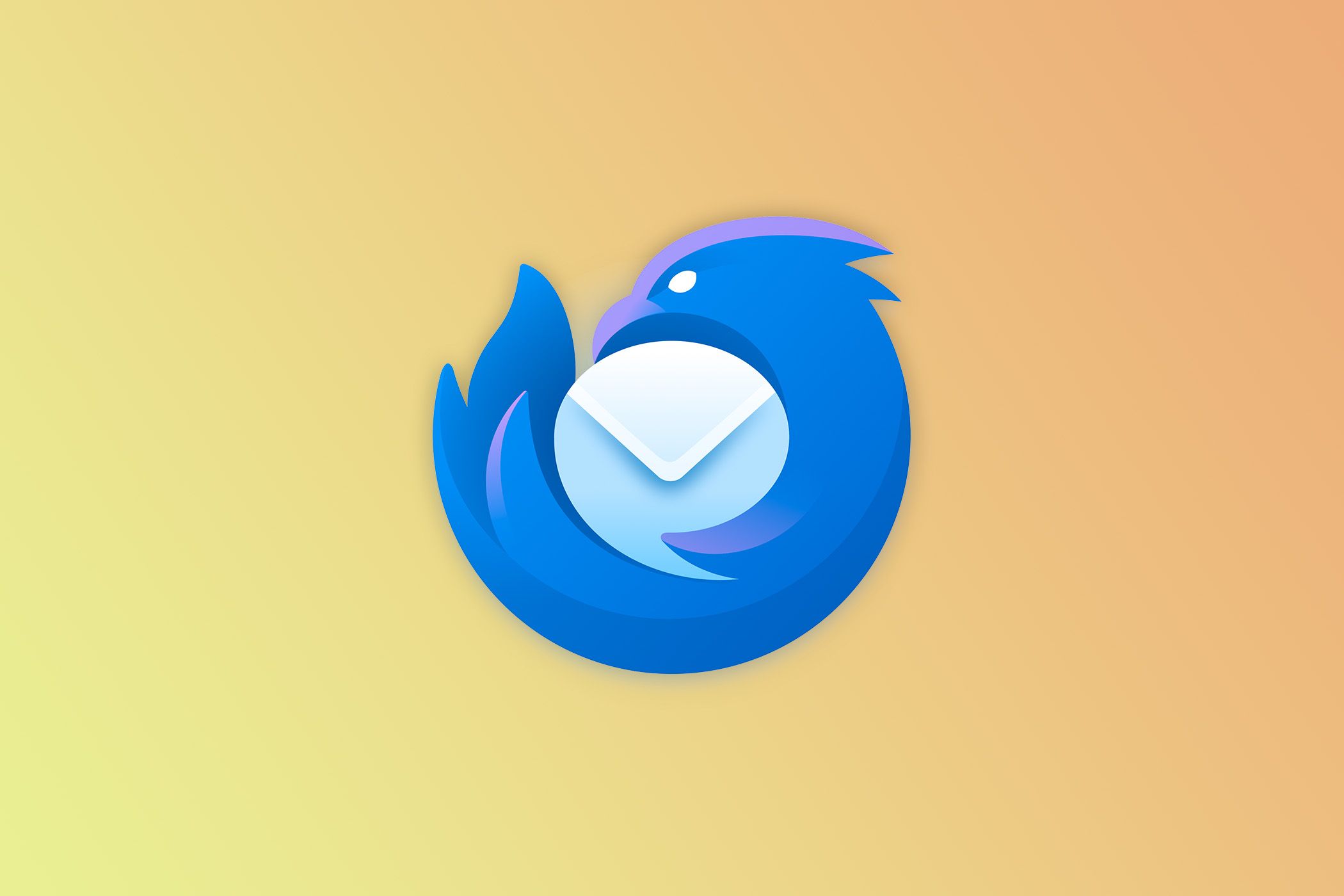Mozilla, the non-profit organization behind the Firefox browser, is entering the email hosting market with a new service called Thundermail. This email service focuses on user privacy and aims to provide a strong, open-source alternative to well-known services like Gmail and Outlook.
Currently, in internal testing, Thundermail offers beta signups on the official website. Thundermail is the main part of Mozilla’s new “Thunderbird Pro” package, which includes a range of interconnected services that are supposed to create a complete, privacy-focused productivity ecosystem.
This browser-based email service works similarly to Gmail, allowing users to send and receive messages through newly created Thundermail accounts or their own custom domains (like yourname@yourdomain.com). One of Thundermail’s key features is the focus on user privacy. Unlike many of its competitors, Thundermail promises it will not use user data to train AI models, will not display ads, and will not collect or sell user information.
Thundermail is not just a separate project; it’s part of a larger plan to compete against the ecosystems built by companies like Google and Microsoft. Ryan Sipes, the Managing Director of Product at MZLA Technologies Corporation (the Mozilla Foundation subsidiary managing Thunderbird), discussed the plans with Forbes. He noted that the Thunderbird desktop email client has been losing users to these integrated services due to “hard vendor lock-ins” and “soft lock-ins.” Thunderbird Pro will seek to offer a solid open-source choice that gives users complete control and ownership over their data.
The financial background for this significant expansion comes from the notable growth in Thunderbird’s donation revenue. While the exact figure for 2024 hasn’t been publicly announced yet, donations rose from $2.8 million in 2021 to $8.6 million in 2023, showing a solid financial base for this initiative. Sipes mentioned that these services should have been included in the Thunderbird ecosystem much earlier, saying that the lack of web services forced users into uncomfortable choices. Thunderbird Pro is Mozilla’s solution to addressing these issues.
In addition to Thundermail, Thunderbird Pro includes other services. Thunderbird Send, for example, is a follow-up to Firefox Send and offers safe and encrypted sharing of large files, addressing the need for secure file transfers. Thunderbird Appointment, which is currently accepting beta signups, provides a simple tool for scheduling events and meetings. Lastly, Thunderbird Assist is an “experiment” designed to offer AI-powered email help.

Related
A Thunderbird iOS Beta Arrives Later This Year
It’s been a long wait, but Thunderbird is finally coming to iOS. Just don’t expect too much from the earliest beta releases.
It’s important to note that any remote processing for Thunderbird Assist will be completely optional. This means that the assist will strongly emphasize user privacy by either processing locally on the user’s PC or. When necessary, Thunderbird Assist will use Flower AI’s private remote processing, which is supported by Nvidia’s secure computing technologies.
Currently, the plan for monetizing Thunderbird Pro is to start it as a paid service. However, Mozilla intends to introduce free versions of each service once they establish a solid user base. These free versions might have some limits, like fewer email addresses for Thundermail or smaller file size limits for Thunderbird Send.
While all online email services are free, they tend to come with ads and limits to storage. Mozilla is focused on privacy, so putting ads in it would probably go over poorly, even on a free plan. Still, there’s a lot being offered here, and subscription numbers may depend on the price. I would probably pay money for a new email, but only if the price was fair based on what came with it. Like many others who do not delete messages, I have gone over my space limit with Outlook and Gmail anyway.
Source: Forbes



